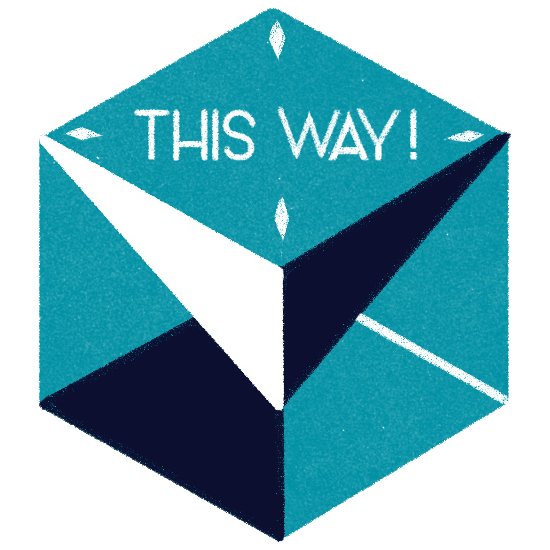When we conceived of ICE, and having players dig though multiple layers of tiles, we had no idea if it would work or be technically possible. Were we being way too ambitious with our very first project? The answer, as we later discovered, was yes. (And it’s why we purposefully wanted our 2nd project, FOUNDERS, to be on a smaller scale). We certainly had no idea of the great lengths it would take to produce ICE, and the ups and downs that lay ahead for us.
But the final result of ICE is a project we’re extremely proud of. The positive remarks we’ve received by playtesters and fans has assured us that we have a huge hit on our hands. And a long journey from conception to final product is soon coming to an end…
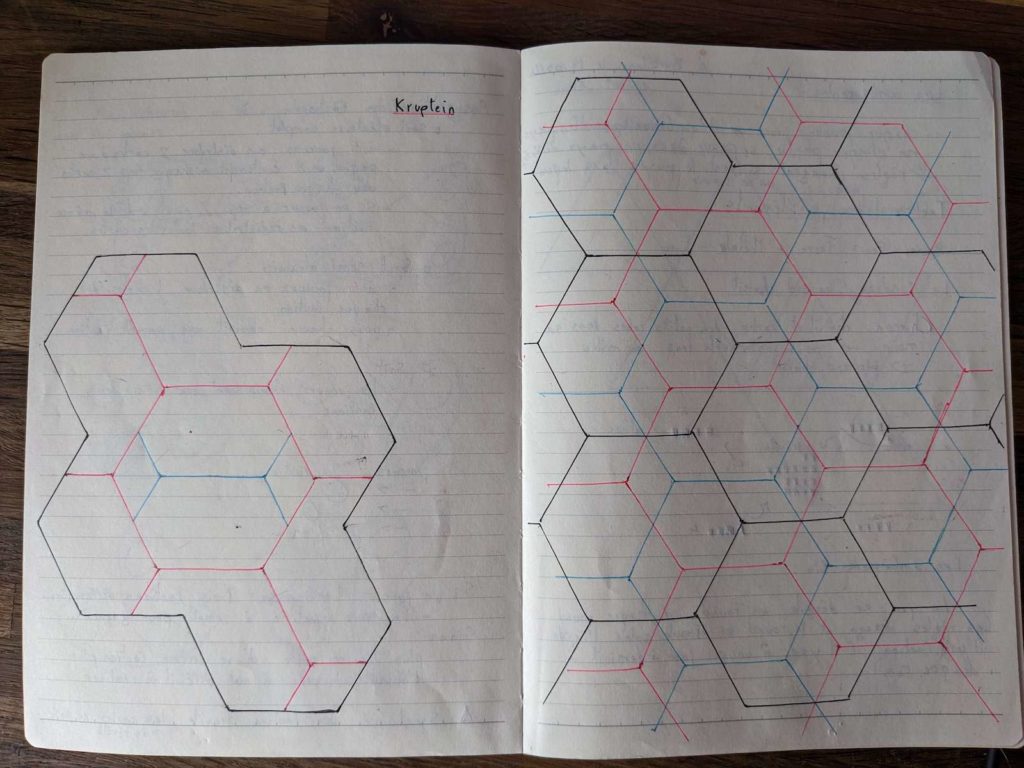
The original idea of having overlapping tile levels is very old, probably from 2015-2016 in Bragou’s game design notebooks, 7 years ago. We then started working seriously on ICE in January 2019 and in the Spring we had bought some tiles to see what kind of layering pattern we could create.
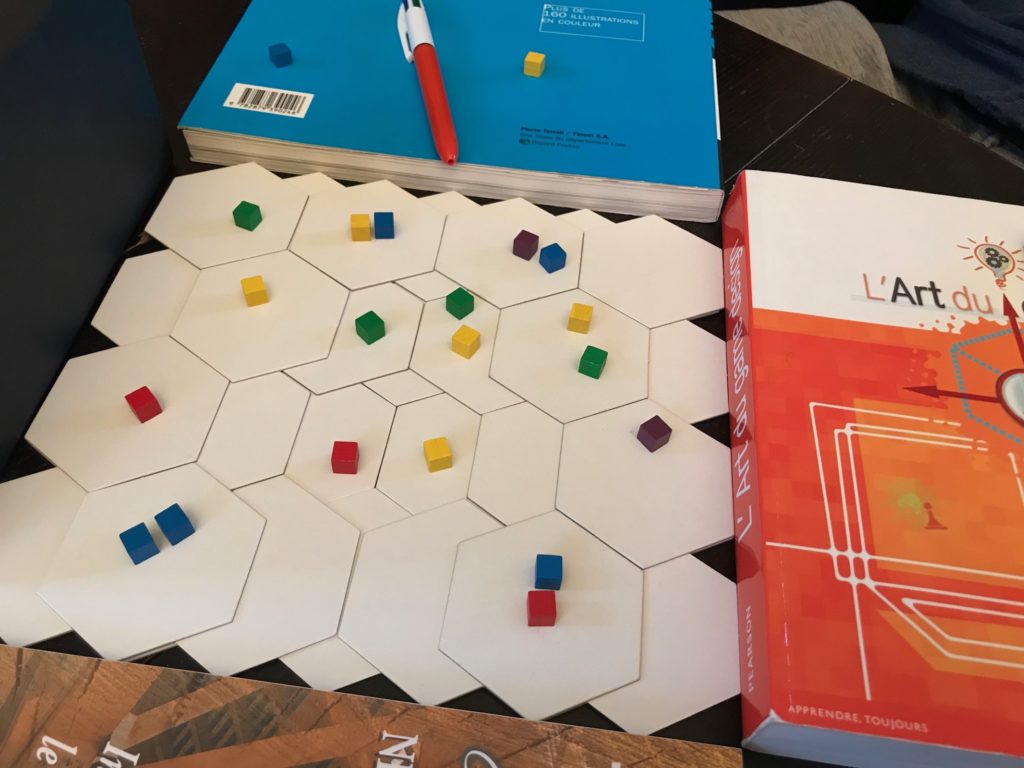
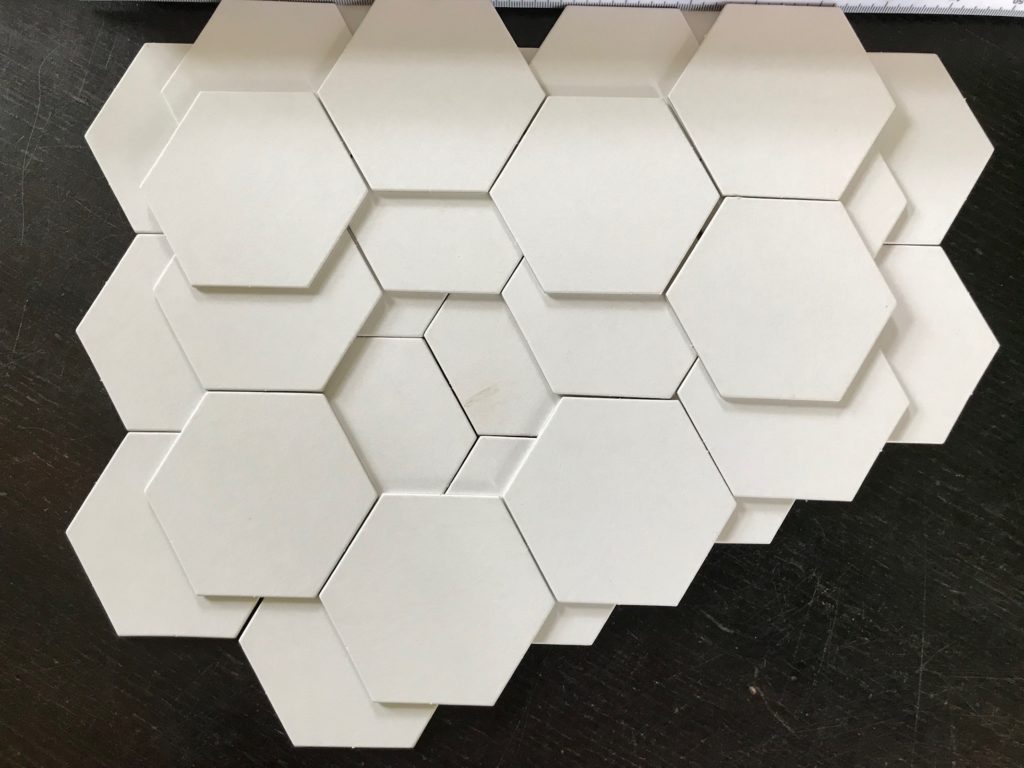
The first prototype was born in the summer of 2019, we built it in our Grandparents’ living room from 2mm grey cardboard by cutting and laminating 7 layers on top of each other. It took us 2-3 full days because we had to cut everything manually with a cutter and we needed the tiles to fit perfectly within each layer. We then had about 200 tiles!
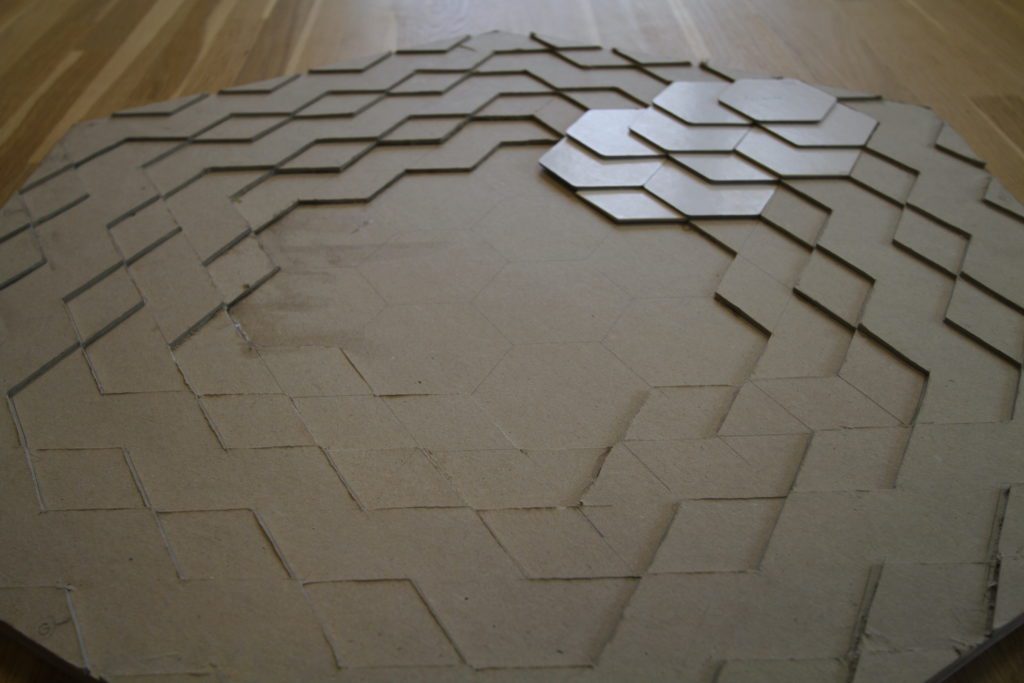
From this first set we were then able to perform the first physical playtests, allowing us to iterate our different gameplay versions. In October 2019, we showed it to different manufacturers during the SPIEL in Essen. In February 2020 we playtested it during the Off nights at FIJ in Cannes. We also did a lot of playtesting in digital version (on Tabletop Simulator) and decided to settle on 5 levels of tiles (not the 6 as initially conceived)!
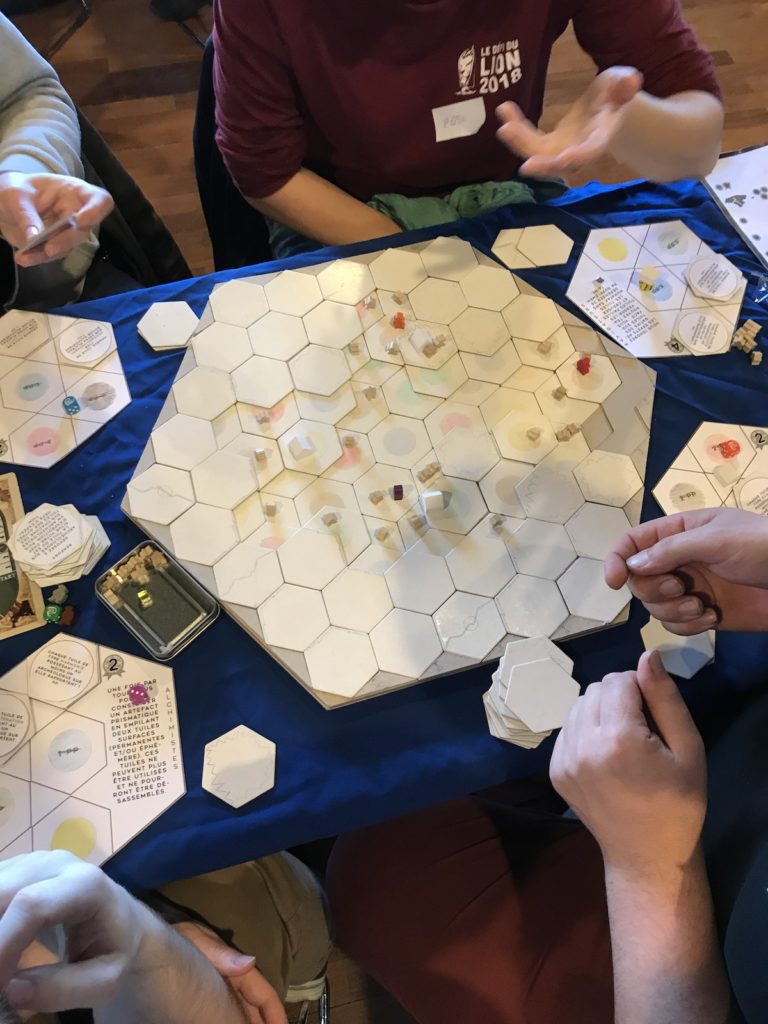
In February and March of 2021 we had 12 prototypes of ICE (6 in English and 6 in French) made by Azao Games in Belgium. It took me exactly 12 days to glue the 6 layers of cardboard for the 4 parts of each board (48 parts in all!).
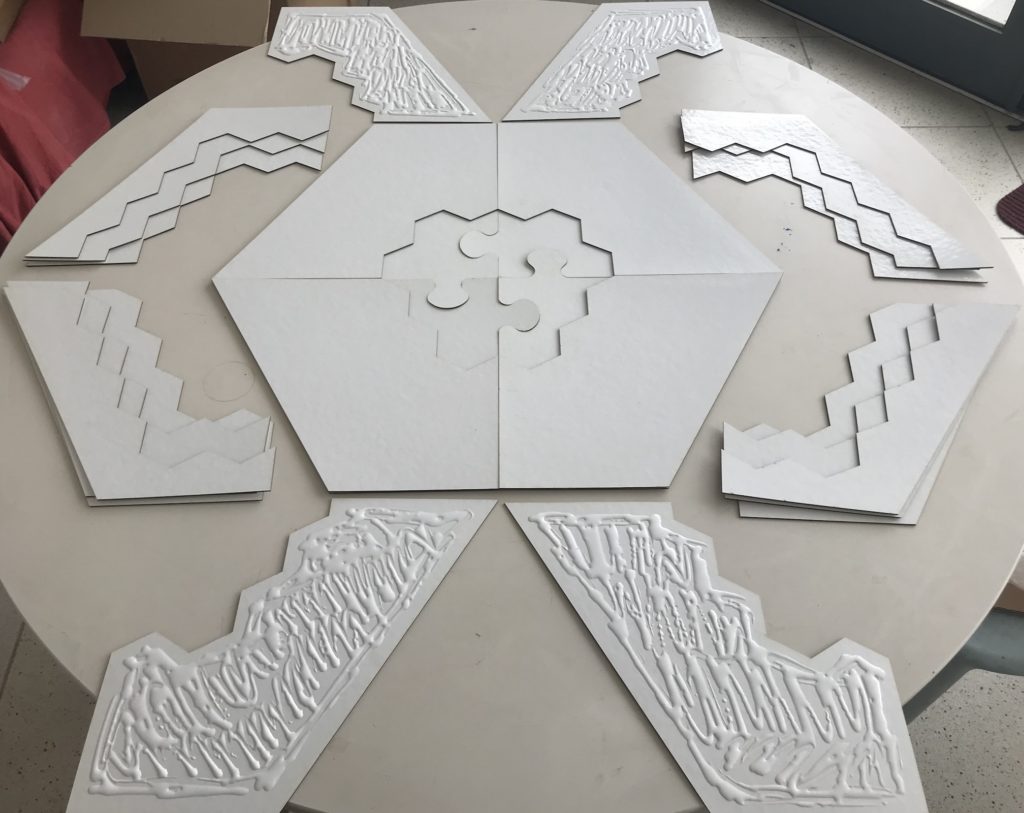
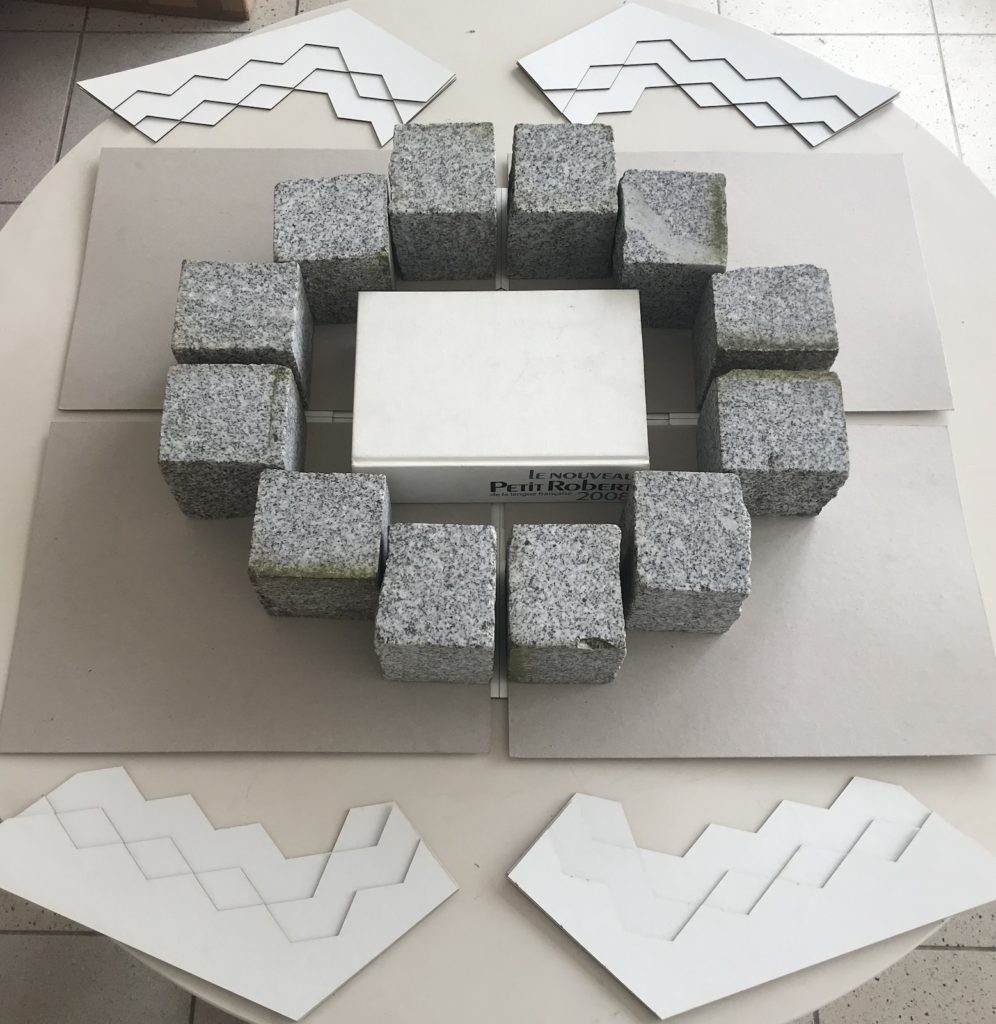
The prototypes were sent to the 4 corners of the world (USA, Canada, Greece, Belgium, France) so that our different reviewers could test them. The connecting system between the 4 parts was then done with a puzzling system (male and female parts). At the same time, our chosen manufacturer — Panda Game Manufacturing — was already working on a prototype with a magnetic fastening system.
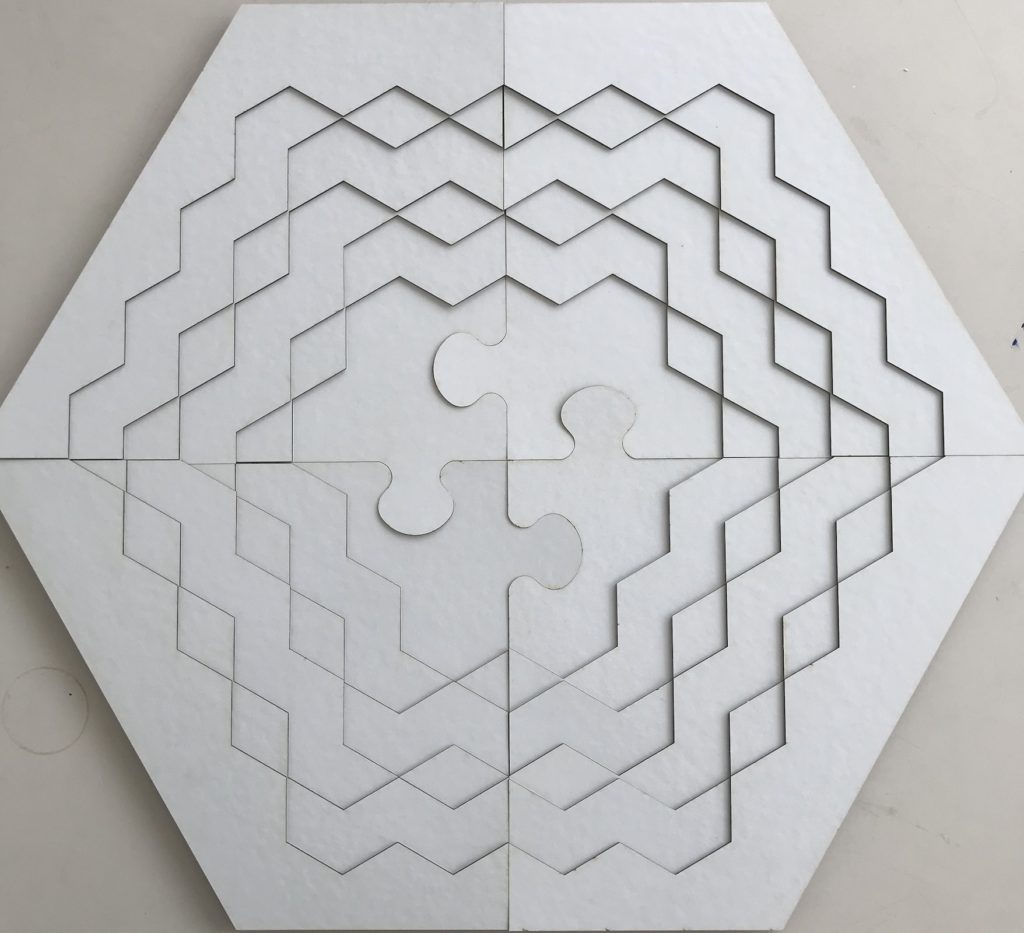
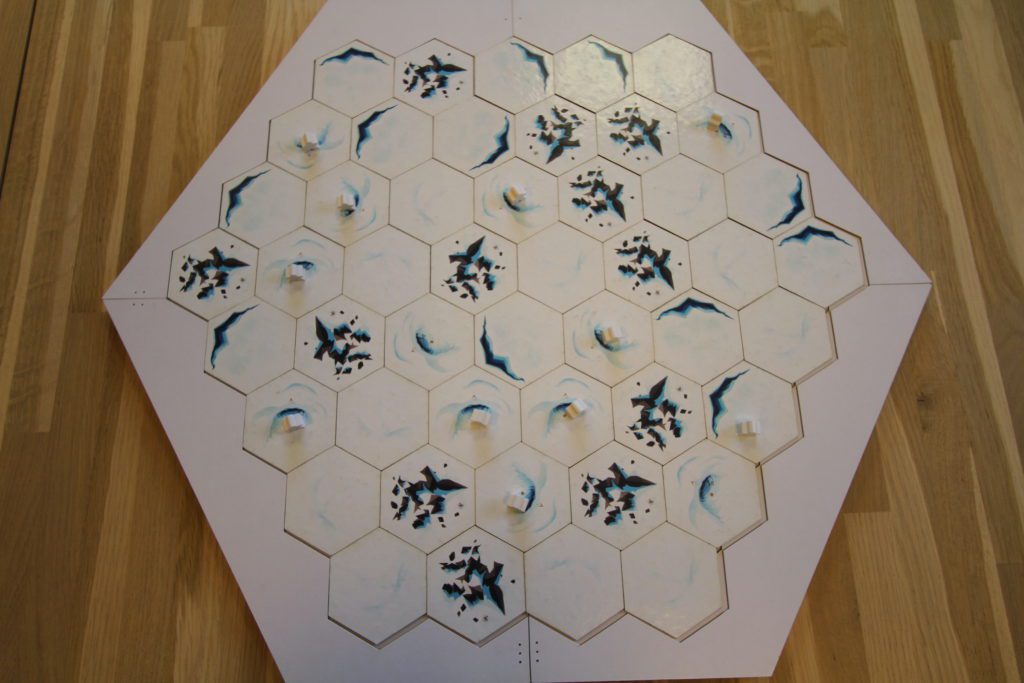
We were a bit naive with our initial estimates for how long this process would take, and it was approximately 18 months of discussions with Panda Games to build the ideal board. The technical constraints were indeed enormous, the main ones being:
- The cutting of the board could not be done in one go… Because the machines cannot cut 13 mm thick of cardboard.
- The connecting system of the 4 parts required the insertion of magnets within the game board, whose intensity needed to be adjusted, but also the fact that they would not be easily accessible.
- In a normal tile-laying game, pieces are placed either on a board or directly on a table, but for ICE the tiles needed to be confined within 5 different layers of “walls” that decrease in size with each new layer. Therefore the spacing between the tiles on the 5 levels must be perfectly calibrated to be able to grasp the tiles easily with the fingers without having the feeling that the tiles are scattered but form a “game board.” At the same time, the tiles can’t be too tight either, or they can’t be easily removed.
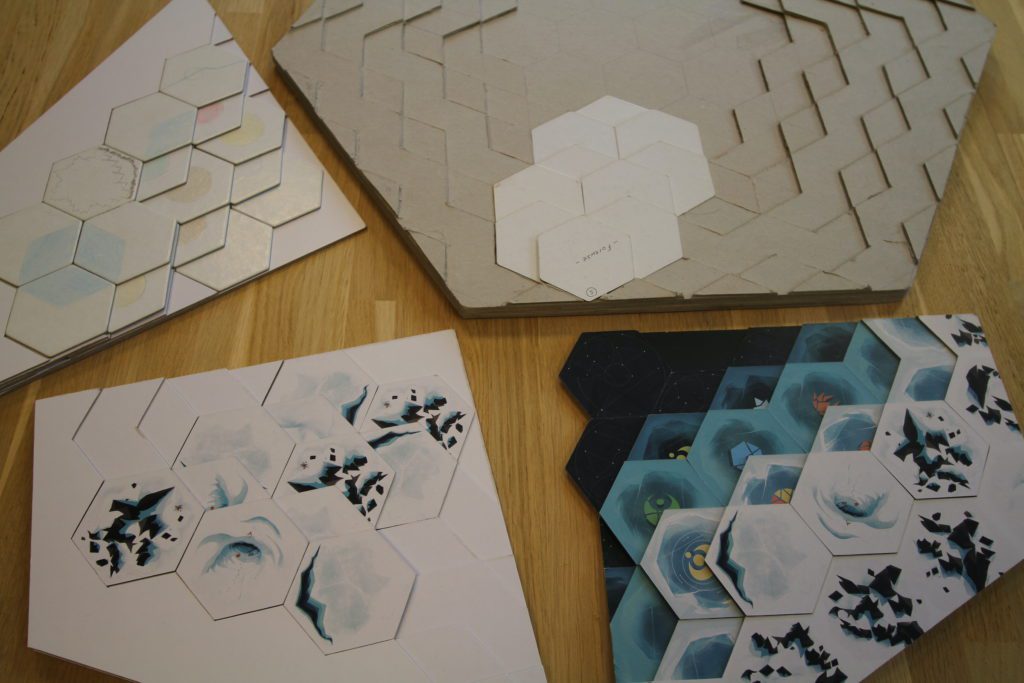
Getting this “just right” required a lot of back-and-forth with Panda, which meant delaying the game a lot further than we had initially hoped. But the production needed to be perfect, or else the game had the potential of being unplayable. While we knew long delays on a 1st game project would not be ideal, we also knew we had to get this right — and that the end result would be a unique, technical marvel that’s never been seen before in a boardgame, and well worth the wait.
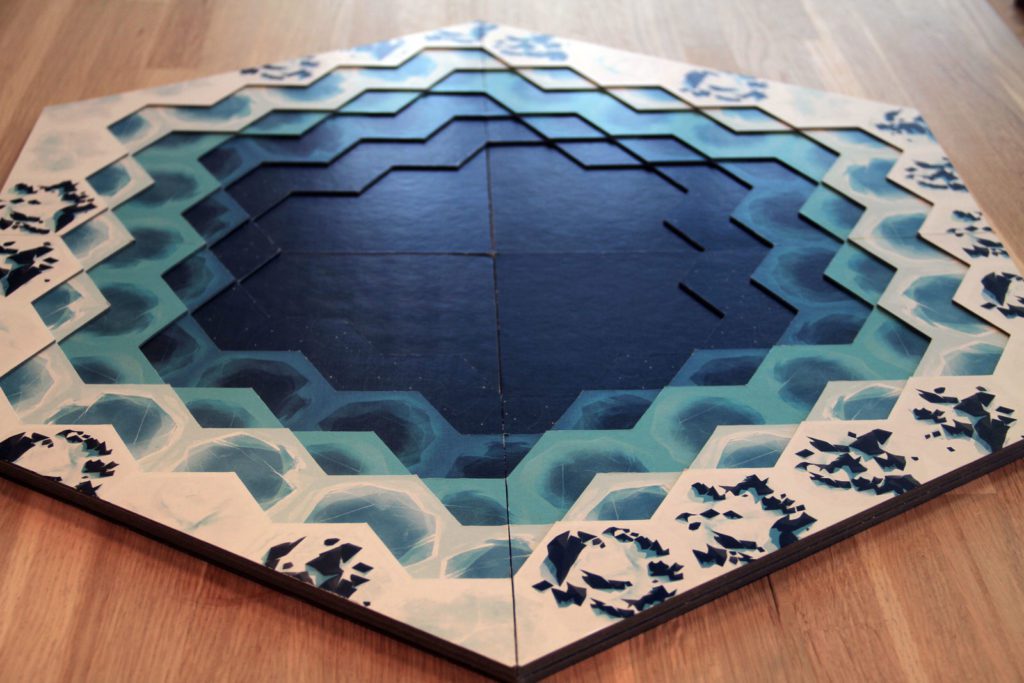
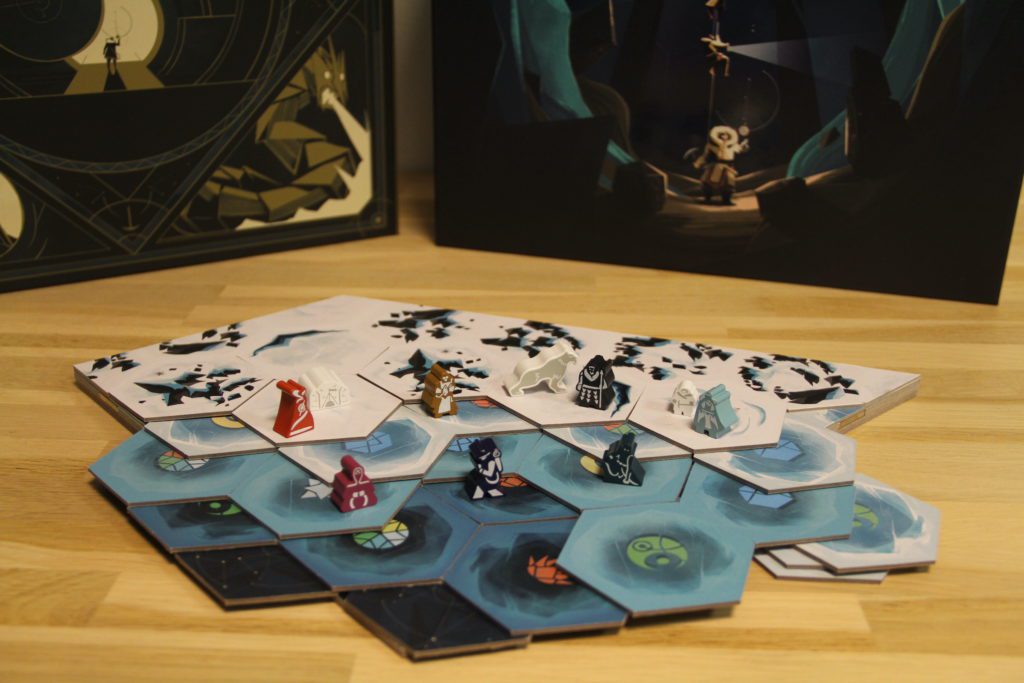
We finally received the last version of the board for which we are fully satisfied … The journey of the creator (aka combatant) ends 7 years after the birth of the idea … leaving room for the production phase of 4000 copies of the game by Panda Games!
